1. A Pretty Face with a Deadly Secret
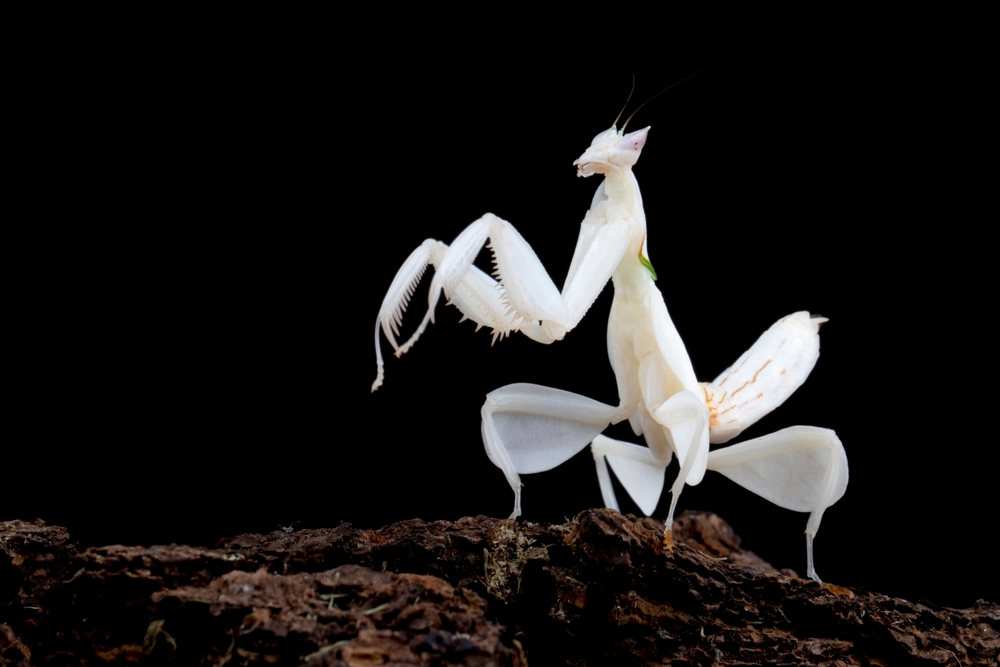
If there were an Oscars for nature’s best disguises, the orchid mantis would take home the trophy every single time. This stunning insect, native to Southeast Asia, looks exactly like a delicate orchid, complete with petal-like legs and soft pastel colors. But while most flowers attract bees for pollination, this one is after something a little more sinister—murder.
Perched on a branch or nestled among real flowers, the orchid mantis blends in so perfectly that even expert botanists have mistaken it for the real thing. But the moment an unsuspecting butterfly or bee drifts too close, thinking it’s landing on a harmless bloom, SNAP!—it’s already too late. The mantis’s razor-sharp forelegs shoot out in a fraction of a second, grabbing its victim with terrifying precision. And the worst part? The insect never even saw it coming. But if you think this is just a pretty bug with a sneaky trick, wait until you hear what makes its deception even more impressive.
2. It Doesn’t Just Blend In—It Outsmarts Nature
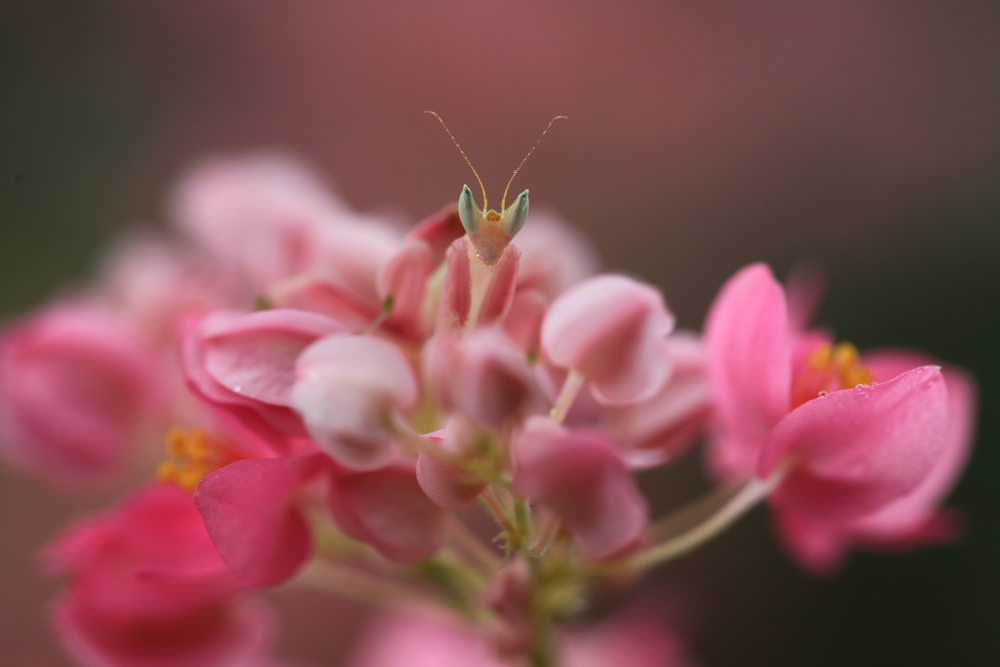
Most camouflaged creatures hide from predators, but the orchid mantis does the exact opposite—it uses its disguise to actively lure prey. And here’s the mind-blowing part: it doesn’t just look like a flower; it’s even better than a flower. Scientists have discovered that this mantis is so convincing that pollinators actually prefer it over real orchids. That’s like choosing a fake burger over the real thing—except, in this case, it ends in death by ambush.
The reason? The mantis reflects ultraviolet light in a way that’s irresistible to pollinators, tricking them into thinking they’ve found the juiciest, most nectar-rich flower in the garden. But instead of a sweet meal, they’re met with one of the fastest strikes in the insect world. It’s a con so perfect that even Charles Darwin, the father of evolution, couldn’t believe it was real. But the deception doesn’t stop there—because this mantis can also change color to match its surroundings.
3. A Master of Disguise That Can Shift Shades
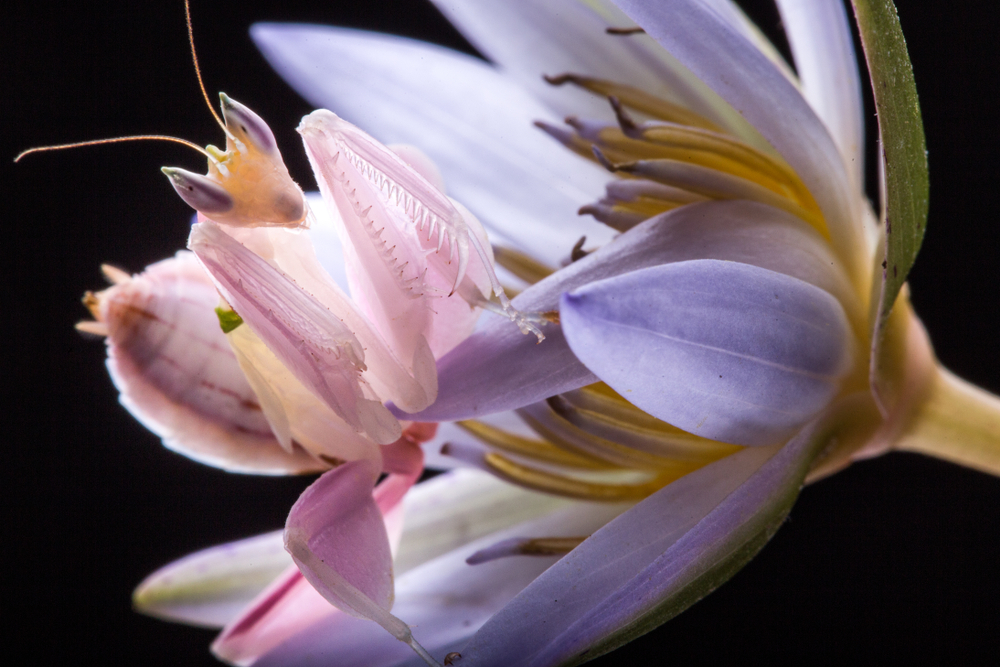
Most insects are stuck with whatever color they’re born with, but the orchid mantis can adjust its shade between white, pink, and soft lavender hues depending on its environment. Think of it as a living mood ring, but instead of showing emotions, it’s ensuring survival. This ability helps it blend seamlessly into different orchid species, making its deadly trap even more effective.
But how does it pull off this color shift? Scientists aren’t entirely sure. Unlike chameleons, which change color by manipulating pigments in their skin, the orchid mantis’s transformation takes several days and seems to be influenced by light exposure and humidity. This means that if it finds itself in a flower-filled meadow, it might lean toward a softer pink, while a white orchid forest would encourage a ghostly pale hue. It’s one of nature’s most bizarre and beautiful adaptations, but the real magic lies in how it moves.
4. It Moves Like a Flower Swaying in the Breeze
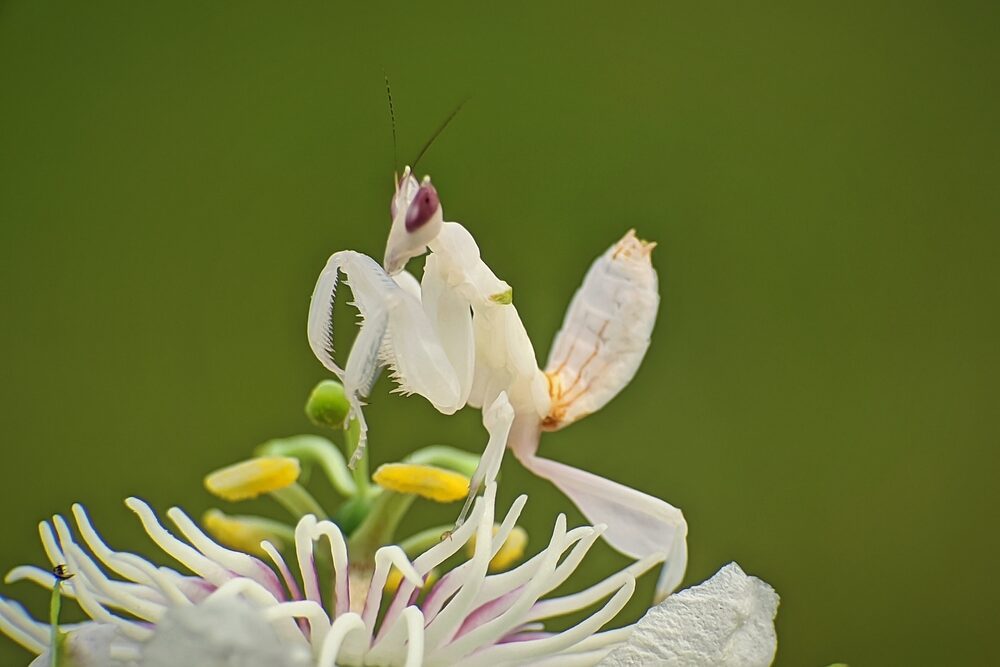
If a robotic insect assassin wanted to fool its prey, simply looking like a flower wouldn’t be enough—it would also have to move like one. And the orchid mantis? It’s got that covered, too. Instead of scuttling around like a typical mantis, it sways gently from side to side, mimicking the natural movement of orchid petals in the wind. This subtle motion enhances its disguise, making it almost impossible to detect.
Even when it walks, it does so in a slow, deliberate way, as if it’s just another blossom shifting in the breeze. This hypnotic swaying not only calms potential prey but also confuses predators, making it harder for birds or lizards to single it out as an insect. It’s a level of deception so intricate it would make a master illusionist jealous. And if you think this mantis is just a passive hunter, think again—it has a fighting style straight out of an action movie.
5. A Tiny Predator with the Heart of a Warrior
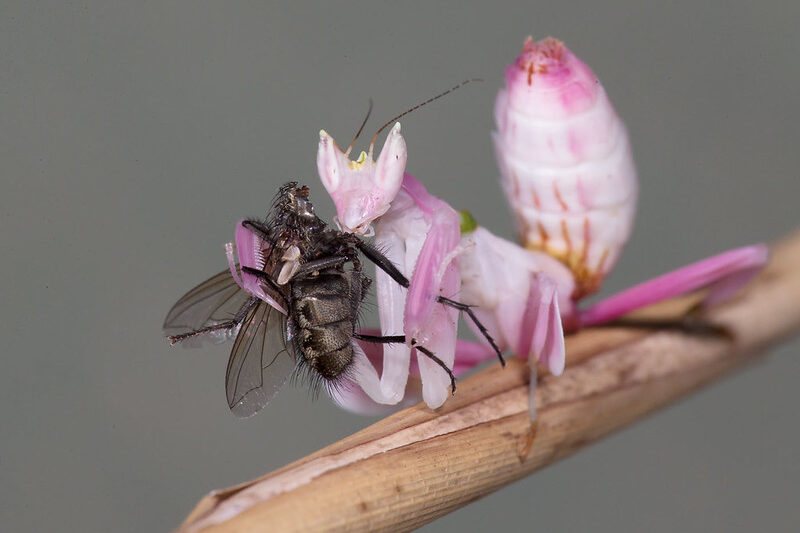
Most people imagine mantises as calm, meditative hunters, waiting patiently for prey to wander into their grasp. But the orchid mantis? It’s an aggressive, lightning-fast fighter. The moment an insect lands within range, it lashes out with a brutal speed, its barbed forelegs clamping down like a steel trap. Prey rarely has time to react—it’s caught, devoured, and discarded within seconds.
And if that wasn’t impressive enough, this little killer doesn’t back down from a fight. Orchid mantises have been seen standing their ground against much larger predators, raising their spiky forelegs in a threat display, ready to strike first if necessary. They may be beautiful, but they’re also fierce, fearless, and shockingly strong for their size. In fact, their hunting skills are so efficient that scientists are studying them for robotic advancements in artificial vision and strike mechanics. But there’s one last trick up their sleeve, and it’s perhaps the strangest of all.
6. They Sometimes Eat Their Own Kind
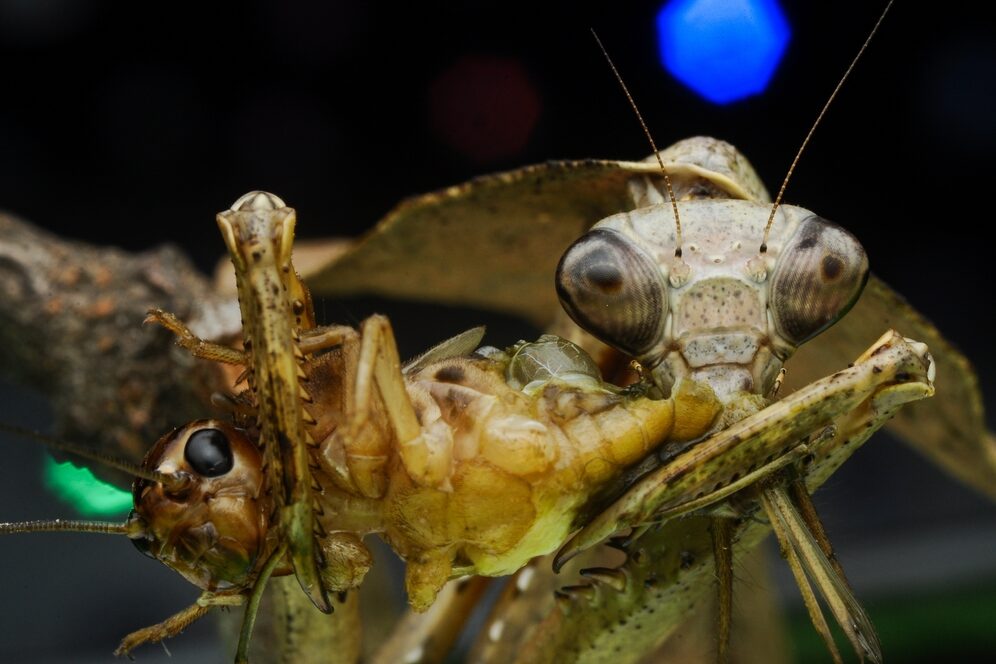
If an orchid mantis is hungry enough, it won’t just go after bees and butterflies—it’ll cannibalize its own species. Like many mantis relatives, these delicate-looking assassins have no problem turning on each other, especially during times of scarcity or competition. If two orchid mantises cross paths, and one is slightly smaller or weaker, it risks becoming a snack instead of a survivor.
This is particularly common during mating season, when the females are notorious for eating the males after—or even during—mating. It’s a brutal reality, but in the insect world, survival often means being willing to consume anything that moves. And for the orchid mantis, being both beautiful and deadly is the ultimate evolutionary advantage. It’s a living paradox, a creature that embodies both grace and carnage, proving that in nature, the most stunning disguises often hide the deadliest hunters.


